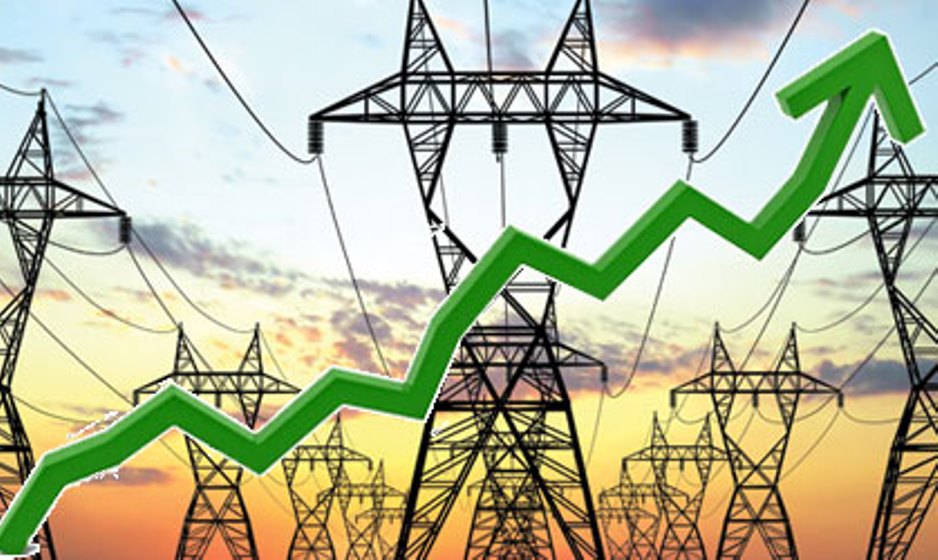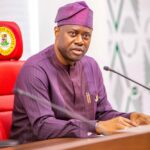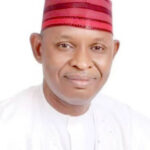The ongoing electricity tariff brouhaha should spur investors with vision into the local energy sector to take advantage of Nigeria’s large market. There are innovative solutions lurking around, waiting to be exploited. The confusion has revealed, yet again, that Nigeria’s hope for industrial takeoff cannot depend on the current arrangement in the power sector.
The impression many of us have, going by official comments, is that we are about to turn the corner and zoom off to industrial bliss. That is a farce. For one thing, what NERC, DisCos and other players in the power sector have shown us is that we have been living a false life as far as electricity is concerned. They have shown most Nigerians in the clearest way that there is still a long way to go in the most critical sector of the economy. There is no hope of a quick fix for the mess in the sector. We do not have a credible plan for electricity despite the billions of dollars that were sunk into it before it was privatised.
Nigeria’s electricity consumers have been grouped into five customer bands A, B, C, D and E. But what we are being told is that in a day, which has 24 hours, the amount of electricity that the bands can receive is: Band A: Minimum of 20 hours/day; Band B: Minimum of 16 hours/day; Band C: Minimum of 12 hours/day; Band D: Minimum of eight hours/day, and Band E: Minimum of 4 hours/day. Even the word “minimum” in each band is deceptive; it is actually “maximum” because that is what applies in reality.
The regulator says that Band A customers account for 15 per cent of the customer population, but consume between 40 per cent and 60 per cent of the power generated. Their tariff has just been raised by almost 300 per cent in pursuit of the cost-reflective tariff. They constitute 15 per cent of the consumers, so the trouble now is the 85 per cent who cannot pay fully if they were to be supplied as much as the Band A consumers. They (we) are now responsible for the subsidy, and: “Without a review of tariffs; the 2024 subsidy for the electricity sector is projected to reach N2.9trn which is over 10 per cent of the federal budget for 2024,” NERC has declared.
NERC tells us that the power companies are operating now a Service-Based Tariff with a Customer-Centric Approach. In other words, they charge according to the service rendered, which is centred on a spatial classification that ranks some customers as superior or core customers (who are now charged more). Other customers, who are considered outliers from the core, are given lower ratios and therefore are charged lower now until the system improves and then can be admitted into the class of worthy customers. They get what they deserve and are therefore charged lower rates.
The import of what our energy managers are doing is that they are engendering a differential development trajectory for different parts of Nigeria. If you supply a given area 20 hours of electricity per day, and to another part of the same city you deliver just eight hours or less, you are holding the second area down while allowing the first to get on unhindered. Electricity is such a force of development today that a disruption in its supply impacts negatively on economic development.
If the power supply to Band A customers is raising so much dust now, what is the hope that those in bands D and E will get their share of the power sector? This question is pertinent because NERC is linking the cost-reflective tariff to broader economic variables that impinge on the sector’s costs. And going by what we see now, there is no hope that these costs will crash soon and cause a fall in the tariff. So, we have found ourselves in a situation where one of the most critical elements for development has become the most expensive. Nigeria has exhibited an unfortunate lopsided path to development, with lip service paid to the power sector for so long.
The pricing (tariff) model that the DisCos are applying appears to be a TUO (Time of Use) model, but it is not. TUO as a model of electricity pricing, according to a study by Ying-Chao Hung and George Michailidis, charges “a fixed price to residential customers and small businesses for specific periods -eg. a peak period during the day and off-peak period at night.” They assert that tariffs of a typical TOU system may include demand, penalty, active energy and power factor charges.
Unfortunately, our DisCos cannot adopt the TUO pricing model now because some areas of the country, including the cities, cannot receive power for several hours uninterrupted without some of the equipment (such as transformers) blowing up. This is because of our obsolete power sector equipment.
NERC has declared that: “Considering the drastic change in the macroeconomic environment of Nigeria in the interim period, the existing tariffs are insufficient to cover capital and operational costs in the sector”. In one of its numerous recent statements, it cites the current exchange rate, inflation, and price of gas, and concludes that the tariff that prevailed up to 2022 cannot sustain the sector now.
So, what we have in Nigeria right now is a corrupted version of the TOU pricing method because as it is now, we cannot as a country extend this method to a greater part of the country without deploying the commensurate quantum of investment into the energy sector several years after its privatisation.
What is happening now has compounded the multi-year tariff model that Nigeria adopted in the power sector. This was partly compounded by the four-year tariff freeze, from 2015 to 2019. Trying now to lump the price increase in one year will be counterproductive. Power tariffs should have been adjusted incrementally over the years, for example by some fraction of the inflation rate or naira depreciation.
We must treat this economy as one whole system, where a change in one area or sector transmits the same change to other parts of the system. How do we believe we can raise the cost of power by that magnitude and hold other costs or prices constant in the rest of the economy?
Therefore, Nigerians should be ready for another round of price increases and a spike in inflation.

 Join Daily Trust WhatsApp Community For Quick Access To News and Happenings Around You.
Join Daily Trust WhatsApp Community For Quick Access To News and Happenings Around You.


